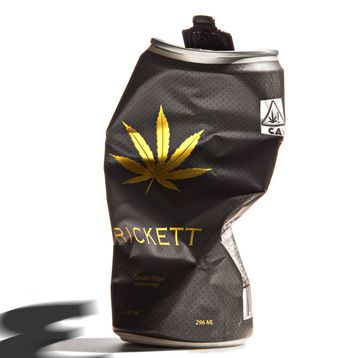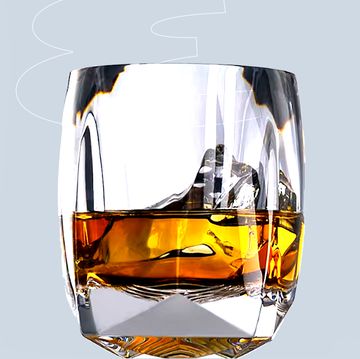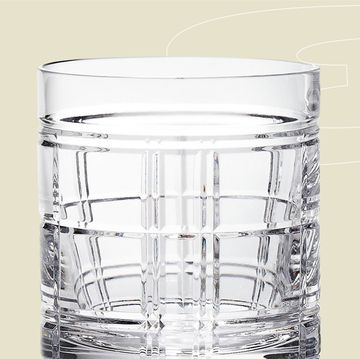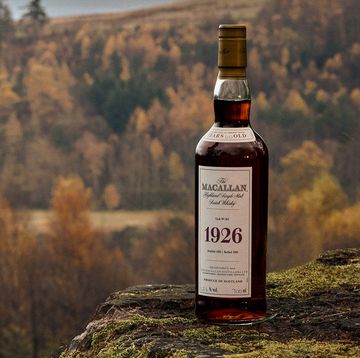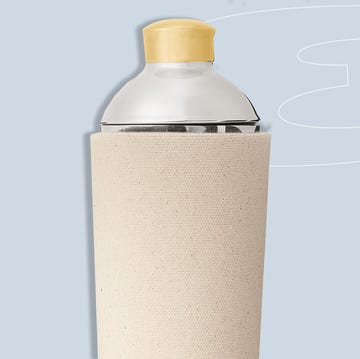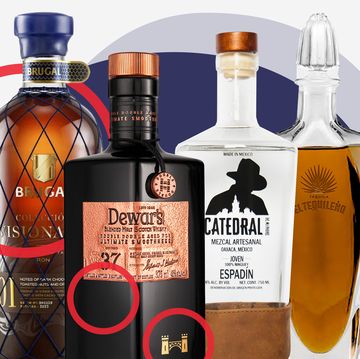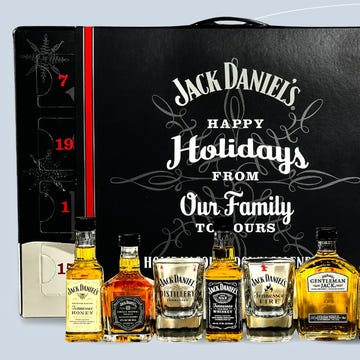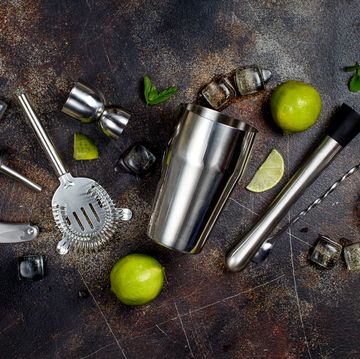One man who's often not credited for the current craft beer revolution is James Earl Carter, Jr., the former president who helped make home-brewing legal in 1978 (it wasn't reinstated after Prohibition). For a new generation of aspiring beer-makers to become professionals, they had to learn their craft. Carter's signing of H.R. 1337 opened those doors to the beer industry, which in 1978 had just 89 breweries but now counts over 3,500 nationwide.
Yet as America's craft liquor movement picks up steam, it remains illegal to distill at home. And herein lies a curious but unspoken brainteaser: Ten years ago, there were 50 American craft distilleries, and now there are around 800. How did these new distillers learn their skills?
It seems they learned them illegally.
Like the bongs labeled "hand-blown water pipes" in the mall, America's at-home liquor stills linger in a casually illicit state. It's not too hard to find home distilling equipment via online companies like Clawhammer Supply, Mile Hi Distilling, and my personal favorite, Hillbilly Stills. But is it legal? Not at all. As the FAQ at the bottom of one product page notes, "It is illegal to distill alcohol of any amount at home unless you have a permit. Also, the TTB (formerly ATF) can require all sellers of stills to disclose the name and address of their customers."
The TTB and the U.S. government makes would-be distillers enter a Kafkaesque world to secure a permit: You need a license to own a still, but you need a still to get a license.
Dan Garrison is the master distiller and owner of Garrison Brothers Distillery in Hye, Texas, where they make a solid flagship, Texas Straight Bourbon Whiskey, and just released the second batch of a fantastic limited product, Cowboy Bourbon. Though the distillery has only been open seven years, Garrison's products show a sophistication that could only come from at-home distilling. "I spent most of 2001 to 2005 traveling back and forth to Kentucky visiting all the big distilleries," Garrison said. "I got to watch the process and take notes. The problem was, back then there really weren't craft distilleries to learn from."
Stranahan's in Colorado was an early inspiration. But even though Stranahan founder Jesse Graber became a friend, he wouldn't take the time to show Garrison how to operate his stills. Garrison had to learn on his own. "Back then there was this guy out of Arkansas—Little Rock, I think—they called him 'The Colonel,'" Garrison recalls. "He was about the only person making stills for home use. But he sold them under a structure where you had to claim you weren't going to use the still to make alcohol."
And here lies another brainteaser of the home-distilling movement. Visit any of the links for moonshine equipment and you'll see warnings saying these products should only be used to filter water or make essential oils. What gives?
Life doesn't get easier when you decide to go pro. By 2006 Garrison had quit his day job, borrowed some money, and was trying to buy his first legal still from Vendome in Louisville, the most prominent still-maker in America. "I did not yet have my federal permit, even though I had applied for it repeatedly. It kept getting rejected for an extra comma here or a lack of a space there," Garrison says, almost chuckling at his frustration. "Eventually I just wrote a letter to the TTB telling them my still had already been shipped, even though they hadn't authorized it."
The TTB promptly told him to sit tight—and not use it. By 2007, Garrison had submitted his paperwork 19 times. Eventually a government inspector paid a visit to Texas. "It's insane, but that's just how it works," Garrison says. "You might have millions of dollars on the line, and the government won't let you start distilling until they bless you. Then again, maybe it's not that crazy, because, honestly, distilling is very dangerous."
He continued, "Operating a still is not something you do once and 'get.' At Garrison, you have to work with our master distiller for six months to learn how to operate our still,. It's more than understanding how valves or reflex motors work. It's understanding the alcohols coming off the still at different phases." As Garrison notes several times, alcohol in vapor form is an invisible flame, so you wouldn't know if you started a fire—until it was too late.
Still, there has to be a better way to legally—and safely—learn to distill if you're an amateur. Especially if craft distilling is ever to become as big an industry as craft brewing. Until then, we suppose enthusiasts will keep making "essential oils." Or filtered water.
Aaron Goldfarb is the author of How to Fail: The Self-Hurt Guide, The Guide for a Single Man, and The Guide for a Single Woman.


